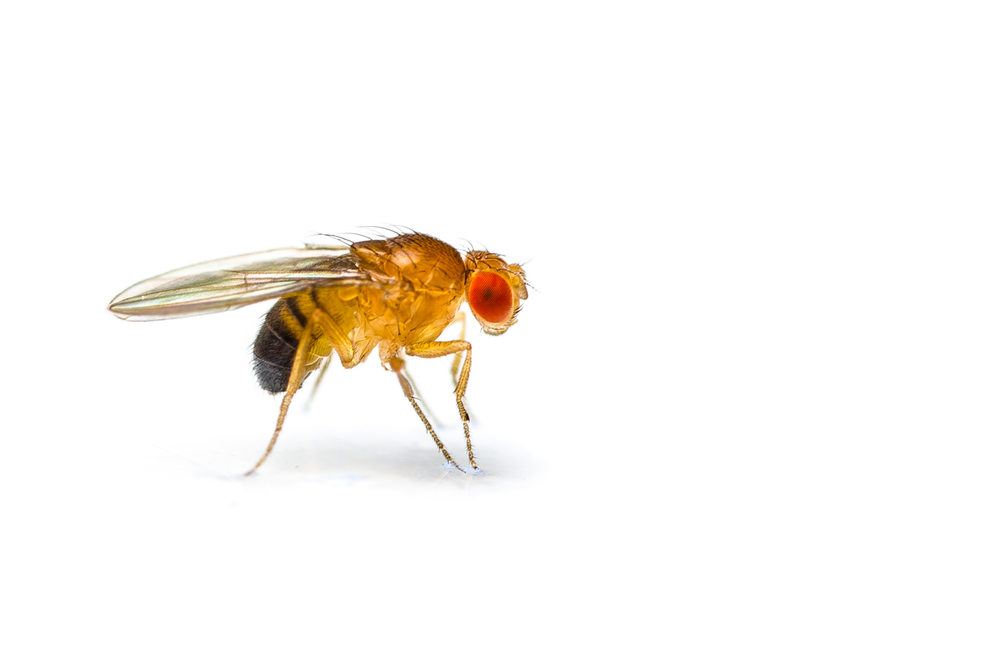Targeting a Single Gene May Help Halt Production of Toxic Proteins in ALS, Study Suggests

New research has identified the RPS25 gene as a key player that allows the production of mutated C9orf72 protein — one that is prone to aggregation, or clumps. The gene that codes for this protein is one of the most commonly mutated genes underlying amyotrophic lateral sclerosis (ALS), the researchers said.
Targeting that RPS25 gene decreased the production of the lethal protein by about 50% in ALS-derived motor neurons, and enhanced survival of an ALS fruit fly model.
RPS25 was shown to be a “potential therapeutic target for C9orf72-related amyotrophic lateral sclerosis and frontotemporal dementia and other neurodegenerative diseases” caused by repeats expansion, the researchers said.
The study, “RPS25 is required for efficient RAN translation of C9orf72 and other neurodegenerative disease-associated nucleotide repeats,” was published in the journal Nature Neuroscience.
Clumps of toxic proteins are often found in the brains of people with ALS. A mutation in a gene called C9orf72 is the most common genetic cause of the disease. The mutation, an expansion of the repeat sequence “GGGGCC,” leads to the production of a non-functional protein that gets aggregated — or clustered — in the cells of the central nervous system.
The investigators note that the abnormal repeats in the C9orf72 gene should halt the production of the mutated protein. But this is not the case.
“These repeats actually shouldn’t be made into proteins at all,” Shizuka Yamada, the study’s first author, said in a press release. “They come from DNA that isn’t supposed to code for anything, and yet somehow the proteins come to be anyway.”
The information in a gene, or DNA, is transcribed into an RNA molecule, called messenger RNA. That is then translated into a protein. To start the translation of an mRNA molecule, cells need a code that tells them where to start “reading” the mRNA. But in the ALS-repeated genes, this code is gone. That means that translation shouldn’t start.
Researchers at Stanford University School of Medicine asked how the abnormal genetic sequences in the C9orf72 gene were being transformed into proteins by the cell. They found that a mechanism called RAN translation is responsible.
“So regular translation doesn’t work with the repeats,” Yamada said. “But it turns out there’s a molecular workaround: an unconventional translation process called repeat-associated non-AUG translation, or RAN translation, that turns the ALS repeats into destructive protein bodies.”
Researchers tested 275 genes that are known to regulate the translation molecular machinery. They inserted the genetic repeats of the C9orf72 into yeast cells, and tried to understand which genes were most important for the abnormal translation to occur.
From the screening they identified 42 genes that changed the yeast translation. But it was a gene called small ribosomal protein subunit 25 (RPS25A) that caught their attention.
RPS25A codes for the small subunit (40S) of a ribosome, which is the “protein factory” where mRNAs are translated into proteins. When the scientists deleted RPS25A in yeast cells, the production of toxic protein was reduced by 50%.
Next, they tested whether deleting RPS25 — the mammal equivalent of RPS25A — in cells could have therapeutic effects. Using cells from three ALS patients, the researchers turned to induced pluripotent stem cells (iPSCs), which are able to generate almost any type of cell in the body. They induced the iPSCs to become motor neurons that carried the C9orf72 ALS repeats. They again deleted RPS25 — and found that reduced the toxic protein by around 50% in ALS motor neurons.
“We were really excited to see the decrease in repeat proteins carry over into human cells,” Yamada said. “It’s always pretty cool when yeast biology can directly inform human biology.”
Importantly, targeting RPS25 did not cause problems to overall translation of mRNA. That means it didn’t affect the normal production of proteins inside the cells.
“Through genomic analyses, we could see that the ALS-associated repeats were still there; the sequences hadn’t changed,” Yamada said. “What was changing was the output of the ribosome; the repeats weren’t being made into toxic proteins nearly as often.”
To validate the role of RPS25 in ALS, researchers used a fruit fly model that simulates the disease. Healthy flies live for around 50 days. The flies carrying the ALS mutation and a functional RPS25 gene had their survival slashed to a median of 29 days. The researchers then found that reducing the levels of RPS25 increased the flies’ lifespans to a mean of 38 days.
Future steps will include experiments done in more complex animal models, like mice.
“With the fruit flies, we tampered with the gene; we didn’t remove it completely,” Yamada said. “Whether an animal can survive without the gene entirely is a big part of our next step.”
“We know that these protein-rich aggregates are a clear hallmark of ALS,” said Aaron Gitler, professor of genetics and the study’s lead author. “But this finding allows us a deeper look into how those aggregates are made, and potentially how we can hinder that process.”






